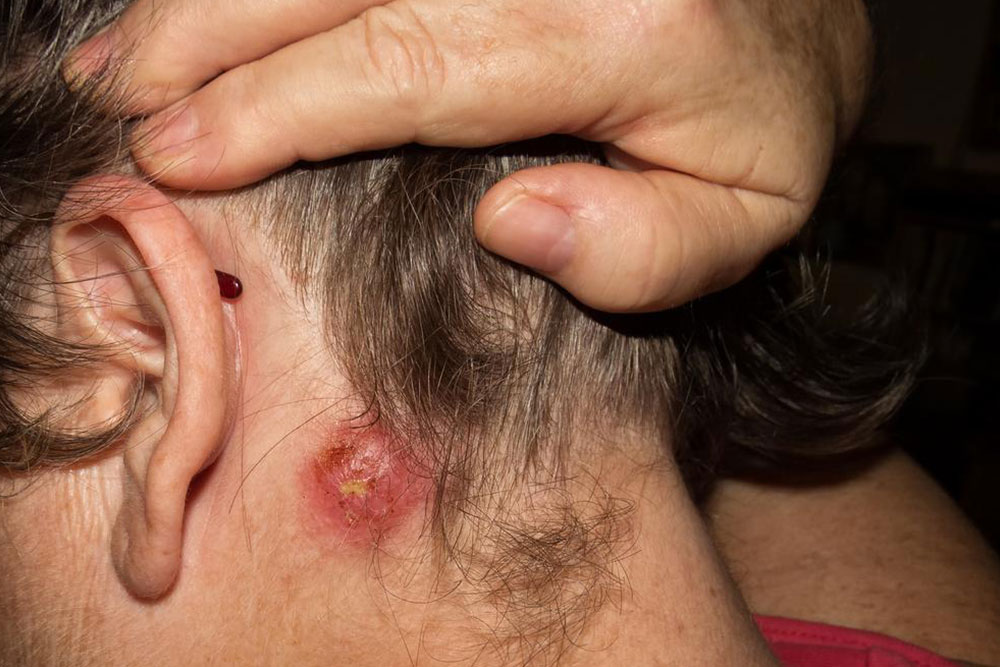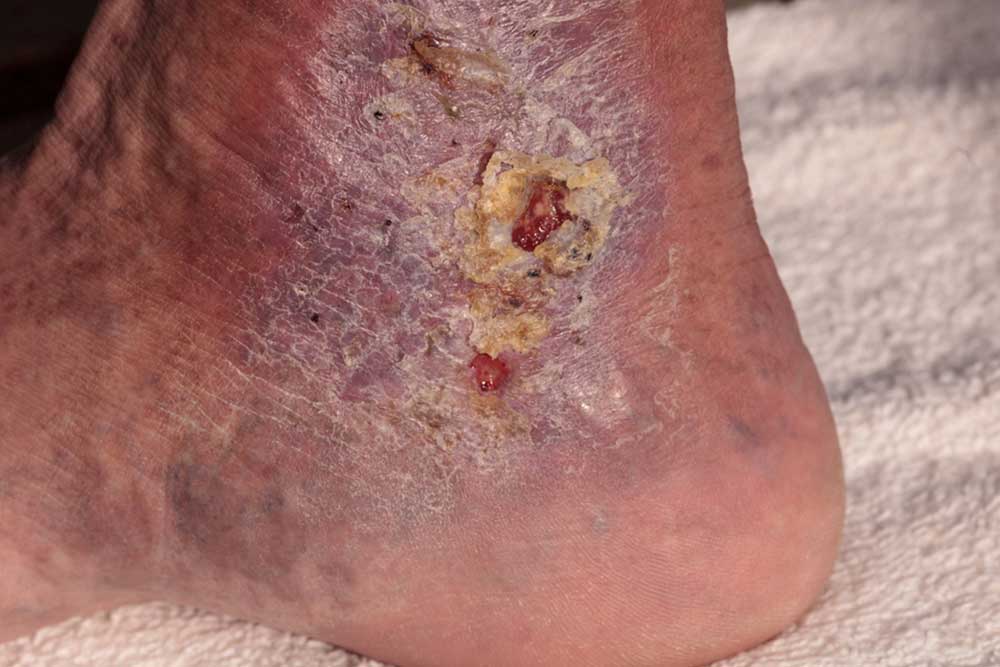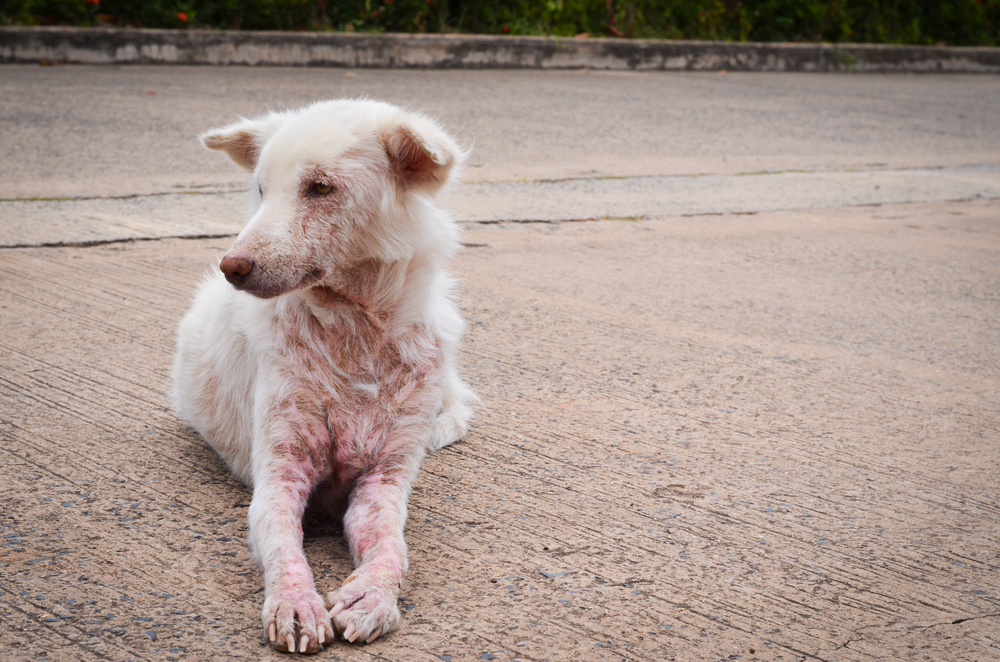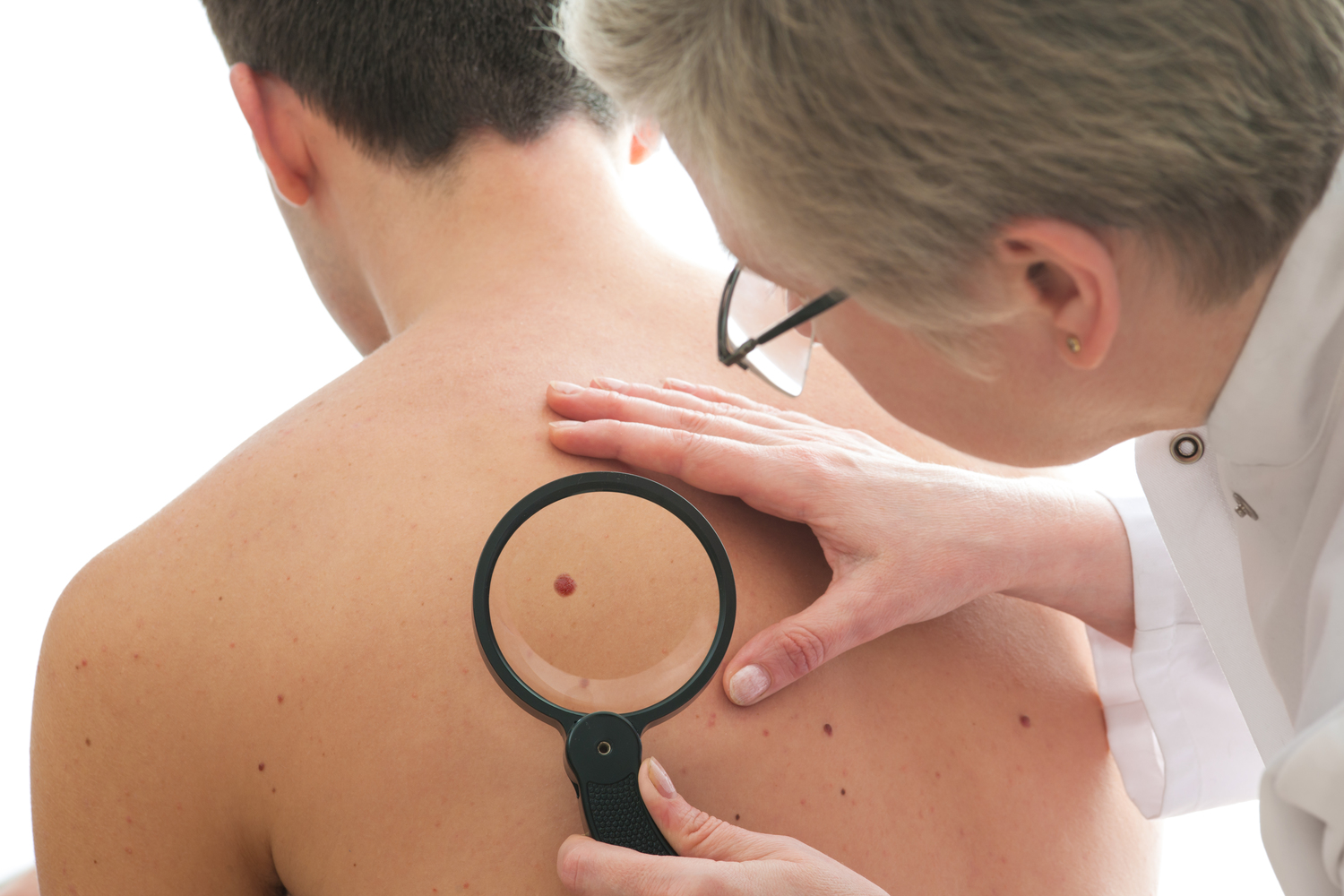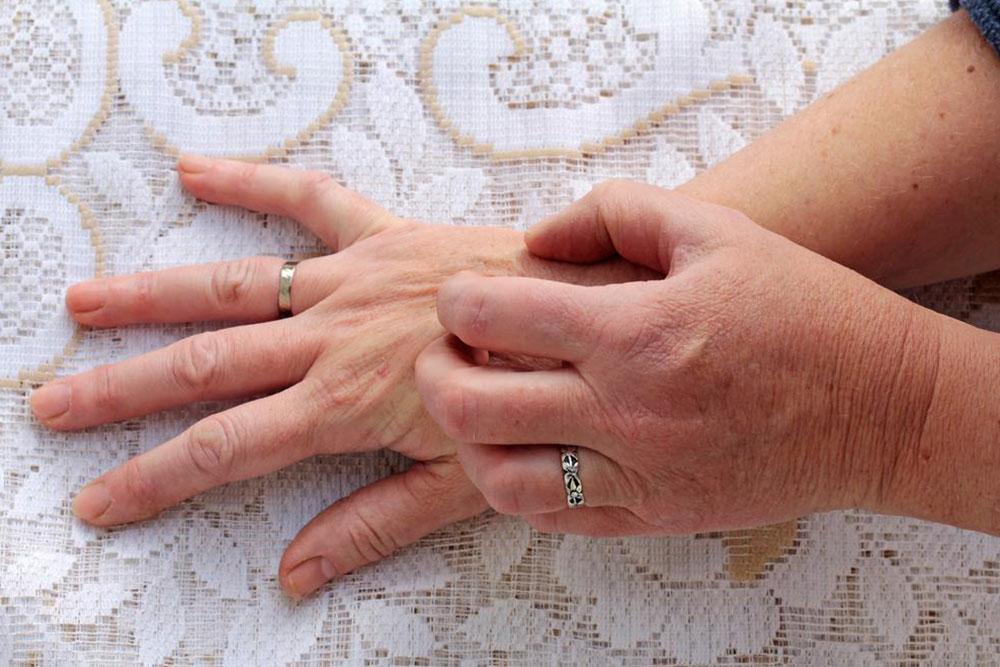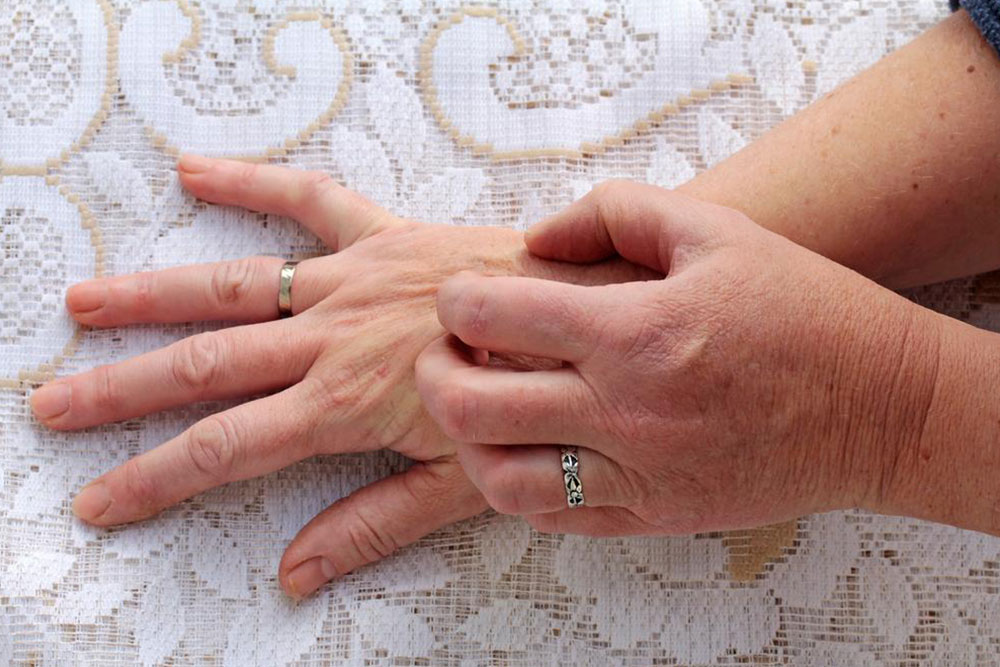Understanding Abscesses: Causes, Symptoms, Treatments, and Prevention
This comprehensive guide explains abscesses, including their causes, symptoms, treatment options, and prevention tips. It highlights the importance of proper hygiene and timely medical intervention for effective management. Understand how abscesses develop, recognize their signs, and learn how to prevent them with simple hygiene practices. When larger abscesses or persistent infections occur, professional drainage and antibiotics may be necessary. Proper care reduces complications and promotes faster recovery, making this information valuable for maintaining healthy skin.

Understanding Abscesses: Causes, Symptoms, Treatments, and Prevention
Understanding Abscesses: Causes, Diagnosis, Management, and Prevention
An abscess is a localized bacterial skin infection that results in a tender, swollen bump filled with pus. It develops within or just beneath the skin surface and can be easily felt through touch. Common sites include the chest, back, buttocks, and certain facial areas. Sometimes, they form in hairy regions such as armpits. Abscesses are often painful and warm to the touch. They can arise from inflammation around hair follicles, known as boils or furuncles.
Sometimes, doctors recommend antibiotics to treat abscesses.
In cases involving fever, nausea, or underlying conditions like diabetes or immune deficiencies, antibiotics are often prescribed. However, antibiotics alone are insufficient; the abscess must also be drained. Small abscesses might be drained at home, sometimes spontaneously, but larger ones—exceeding two inches in diameter or multiple abscesses—require medical intervention for proper drainage. If an abscess persists beyond two weeks despite home treatment, professional medical care is necessary.
What leads to abscess formation?
Most abscesses are caused by the bacteria Staphylococcus aureus, which enters through cuts, insect bites, or abrasions.
Individuals with diabetes or weakened immune systems are at increased risk.
Chronic skin conditions like eczema or acne can also lead to abscess development.
Touching infected individuals heightens the risk.
Poor hygiene practices can facilitate infection.
Folliculitis, an inflammation of hair follicles, may result in abscess formation.
Signs and symptoms of an abscess
A small, pimple-like bump that enlarges into a swollen, pus-filled skin boil.
Warmth and tenderness around the affected area.
Possible nausea, fever, and swollen lymph nodes depending on infection severity.
Small abscesses can sometimes be managed at home, but facial or large abscesses require prompt medical evaluation.
Approaches to abscess treatment
Warm compresses help reduce pain and inflammation and encourage drainage for small abscesses.
Major abscesses should be drained by healthcare professionals.
Medical assessment identifies the cause, and antibiotics may be prescribed if necessary, especially with systemic symptoms.
Maintain hygiene by thoroughly washing hands after contact with an abscess and disinfecting touched items.
Prevention strategies for abscesses
Adhering to good hygiene reduces risk; wash hands regularly with antibacterial soap.
Keep cuts and abrasions clean, dry, and covered until healed.
Avoid sharing personal items like razors, towels, or lip products.
Be cautious when shaving underarms; clean and sterilize cuts to prevent infection.

